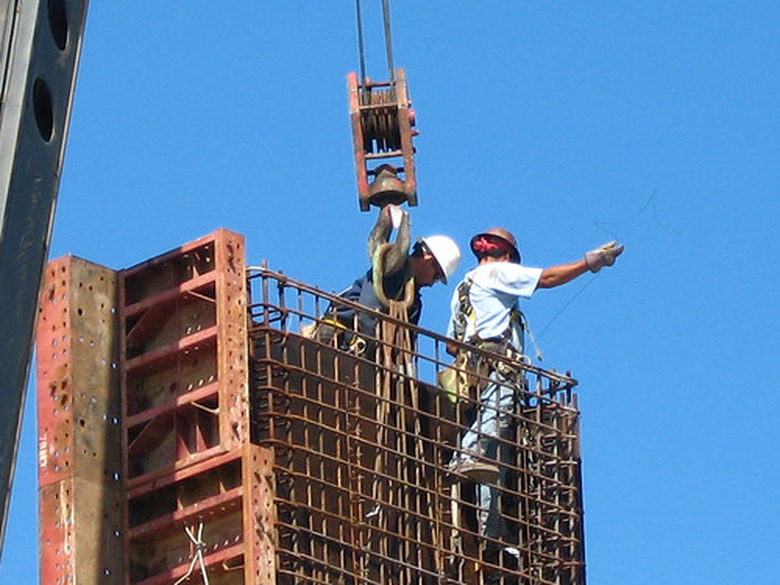What Is Cold Rolled Steel?
Steel is a variant of iron that has minute amounts of carbon added to it. Steel alloys may also add other elements, such as chrome or nickel, to produce specific characteristics. One method of preparing steel for market is called cold rolling.
Manufacturing
Manufacturing
Cold rolled steel is made by passing the steel through a number of rollers after the metal has cooled from initial production. The steel is reduced in thickness incrementally as it passes through the rollers.
Types
Types
Cold rolled steel in normally available in four types: commercial steel, drawing steel, extra deep drawing steel, and extra deep drawing steel plus. Drawing steels are more ductile.
Benefits
Benefits
Cold rolled steels tend to have lower carbon content than hot rolled steels, making them more durable. They can also be rolled to more specific dimensions due to the lack of shrinkage that occurs with hot rolled steels.
Strength
Strength
Cold rolled steel can also be manipulated to have increased structural strength, according to KeytoMetal.com. However, SteelStrip.co.uk reports that increasing strength and hardness will reduce ductility.
Finish and Appearance
Finish and Appearance
Cold rolled steels are typically rolled to have a matte appearance. They may also be painted, if it is called for, by removing the lubricants that are frequently applied prior to shipping.
Cite This Article
MLA
Dontigney, Eric. "What Is Cold Rolled Steel?" sciencing.com, https://www.sciencing.com/cold-rolled-steel-5814154/. 24 April 2017.
APA
Dontigney, Eric. (2017, April 24). What Is Cold Rolled Steel?. sciencing.com. Retrieved from https://www.sciencing.com/cold-rolled-steel-5814154/
Chicago
Dontigney, Eric. What Is Cold Rolled Steel? last modified March 24, 2022. https://www.sciencing.com/cold-rolled-steel-5814154/
